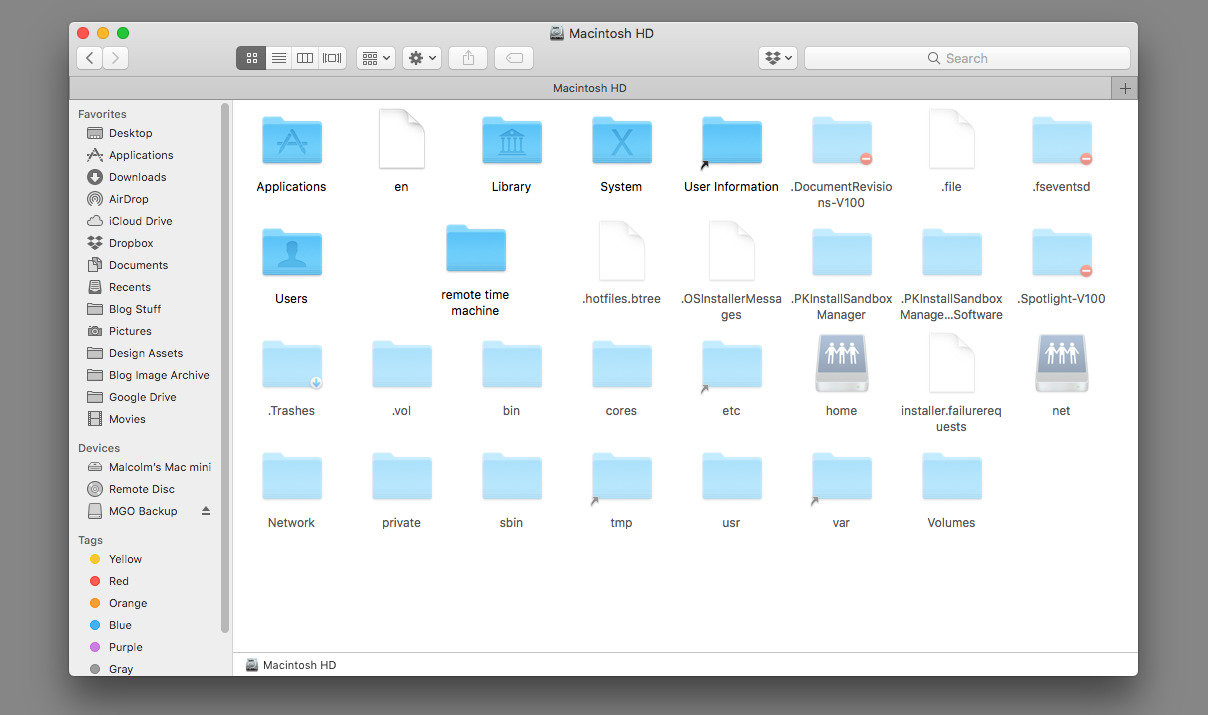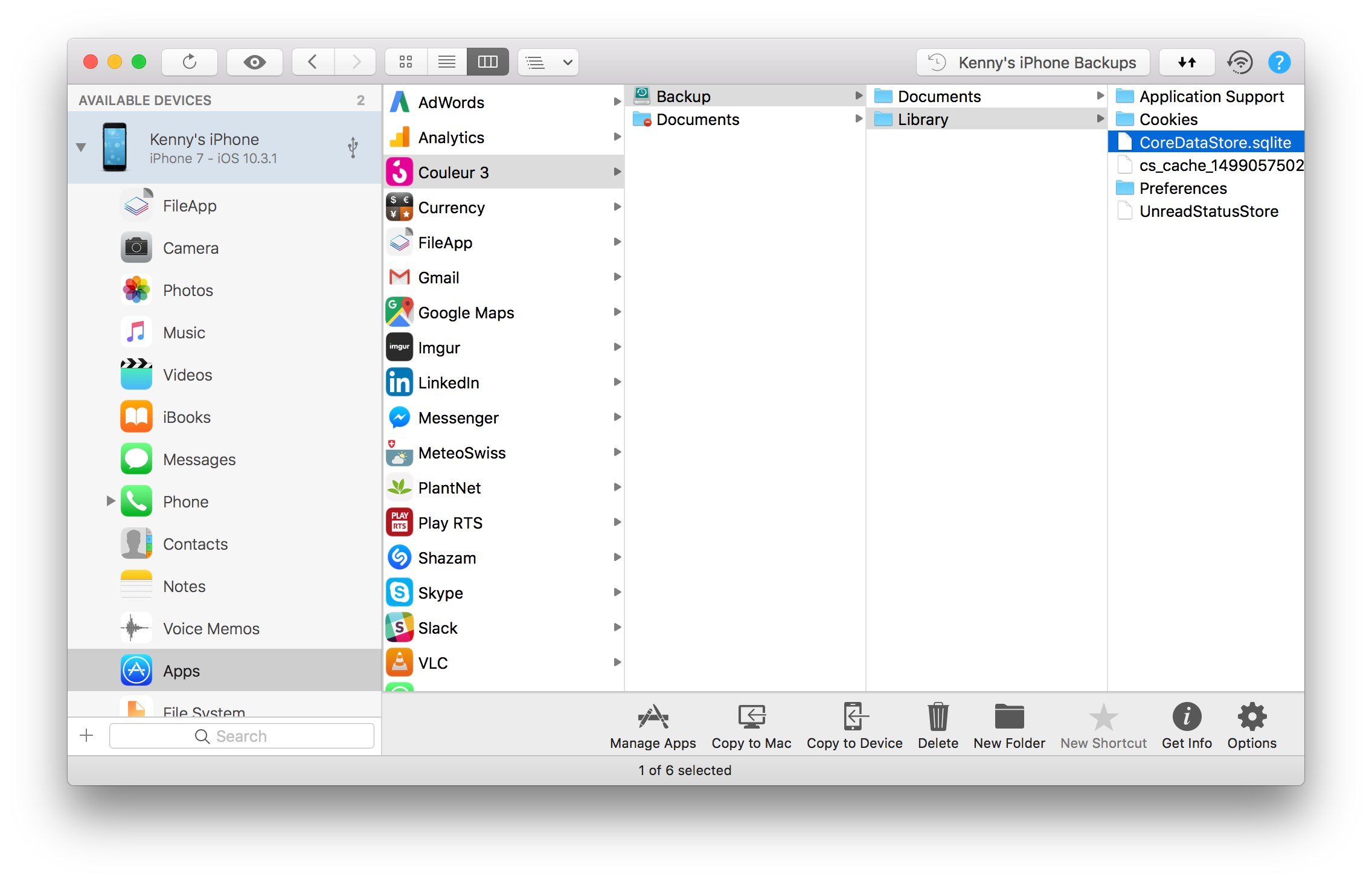Ipad File Browser For Mac
Browse iPhone & iPad files on your Mac or PC Download iExplorer. For Mac & Windows. Access iPhone Files. IBrowse is a simple app that lets your Mac or PC access an iOS device file system. Simply connect your device to your computer and you can read and write to the device's media, app and root. directories. Intelligent Tracking Prevention. Remember when you looked at that green mountain bike online?
Access iPhone Files

March 5, 2015 - iPad File Explorer for Windows 4.10. IPad File Explorer for Windows version 4.10 includes: Being compatible to iTunes 12 Fixes problem of connecting devices on some 64 bit windows. Various bug fixes. Best iPhone file browser - Dr.Fone. The first marvelous iPhone file system browser is Dr.Fone.
iBrowse is a simple app that lets your Mac or PC access an iOS device file system. Simply connect your device to your computer and you can read and write to the device's media, app and root* directories.
*Root directory access requires a jailbroken device with AFC2Add
Browse iTunes Backups
With iBrowse, you can easily view and access iTunes backups of an iPhone or iPad. You can connect your device and have iBrowse automatically create a fresh backup of it, or you can use iBrowse to view the existing backups of your iPhones and iPads created by iTunes.
Intuitive & Powerful Design
With drag and drop, file previews, image thumbnails and file searching, iBrowse makes it easy to transfer files to and from your iPhone and your computer.
Supports All Devices
iBrowse runs on any Mac or Windows computer and allows you to connect with any iPhone, iPad, iPod Touch or even your Apple TV. It also works with every version of iOS released on any device.
iBrowse is now part of iExplorer: The Ultimate iPhone, iPad, and iPod File Transfer Utility for Mac and Windows
With iBrowse you get to go through the backup data stored on your computer, without having to restore it to a device.
By Ulysses GrantSeptember 26 - addictivetips
An easy, intuitive way to have more control over the contents of your iPhone.
 By Chris Page
By Chris Page November 9 - CNET
Get pictures, videos, recordings, & books off any iPhone or iPad just as easily as you could copy a file off a flash drive.
By Matthew GuaySeptember 27 - Mac Appstorm
The Finder is the first thing that you see when your Mac finishes starting up. It opens automatically and stays open as you use other apps. It includes the Finder menu bar at the top of the screen and the desktop below that. It uses windows and icons to show you the contents of your Mac, iCloud Drive, and other storage devices. It's called the Finder because it helps you to find and organize your files.
Open windows and files
To open a window and see the files on your Mac, switch to the Finder by clicking the Finder icon (pictured above) in the Dock. Switching to the Finder also reveals any Finder windows that might be hidden behind the windows of other apps. You can drag to resize windows and use the buttons to close , minimize , or maximize windows. Learn more about managing windows.
When you see a document, app, or other file that you want to open, just double-click it.
Change how your files are displayed

To change how files are displayed in Finder windows, use the View menu in the menu bar, or the row of buttons at the top of the Finder window. You can view files as icons , in a list , in columns , or in a gallery . And for each view, the View menu provides options to change how items are sorted and arranged, such as by kind, date, or size. Learn more about customizing views.
When you view files in a gallery, you can browse your files visually using large previews, so it's easy to identify images, videos, and all kinds of documents. Gallery View in macOS Mojave even lets you play videos and scroll through multipage documents. Earlier versions of macOS have a similar but less powerful gallery view called Cover Flow .
Gallery View in macOS Mojave, showing the sidebar on the left and the Preview pane on the right.
Use the Preview pane
The Preview pane is available in all views by choosing View > Show Preview from the menu bar. Or press Shift-Command (⌘)-P to quickly show or hide the Preview pane.
macOS Mojave enhances the Preview pane in several ways:
Iphone File Browser Mac
- More information, including detailed metadata, can be shown for each file. This is particularly useful when working with photos and media, because key EXIF data, like camera model and aperture value, are easy to locate. Choose View > Preview Options to control what information the Preview pane can show for the kind of file selected.
- Quick Actions let you easily manage or edit the selected file.
Use Quick Actions in the Preview pane
With Quick Actions in macOS Mojave, you can take actions on a file without opening an app. Quick Actions appear at the bottom of the Preview pane and vary depending on the kind of file selected.
- Rotate an image
- Mark up an image or PDF
- Combine images and PDFs into a single PDF file
- Trim audio and video files
To manage Quick Actions, click More , then choose Customize. macOS Mojave includes a standard set of Quick Actions, but Quick Actions installed by third-party apps also appear here. You can even create your own Quick Actions using Automator.
Use Stacks on your desktop
macOS Mojave introduces Stacks, which lets you automatically organize your desktop into neat stacks of files, so it's easy to keep your desktop tidy and find exactly what you're looking for. Learn more about Stacks.
The sidebar in Finder windows contains shortcuts to AirDrop, commonly used folders, iCloud Drive, devices such your hard drives, and more. Like items in the Dock, items in the sidebar open with just one click.
To change the items in your sidebar, choose Finder > Preferences from the Finder menu bar, then click Sidebar at the top of the preferences window. You can also drag files into or out of the sidebar. Learn more about customizing the sidebar.
Search for files

To search with Spotlight, click the magnifying glass in the menu bar, or press Command–Space bar. Spotlight is similar to Quick Search on iPhone or iPad. Learn more about Spotlight.
To search from a Finder window, use the search field in the corner of the window:
When you select a search result, its location appears at the bottom of the window. To get to this view from Spotlight, choose “Show all in Finder” from the bottom of the Spotlight search results.
Mac File Browser
In both Spotlight and Finder, you can use advanced searches to narrow your search results.
Delete files

To move a file to the Trash, drag the file to the Trash in the Dock. Or select one or more files and choose File > Move To Trash (Command-Delete).
To remove a file from the Trash, click the Trash to open it, then drag the file out of the Trash. Or select the file and choose File > Put Back.
Ipad Pro File Browser
To delete the files in the Trash, choose File > Empty Trash. The storage space used by those files then becomes available for other files. In macOS Sierra, you can set up your Mac to empty the trash automatically.
